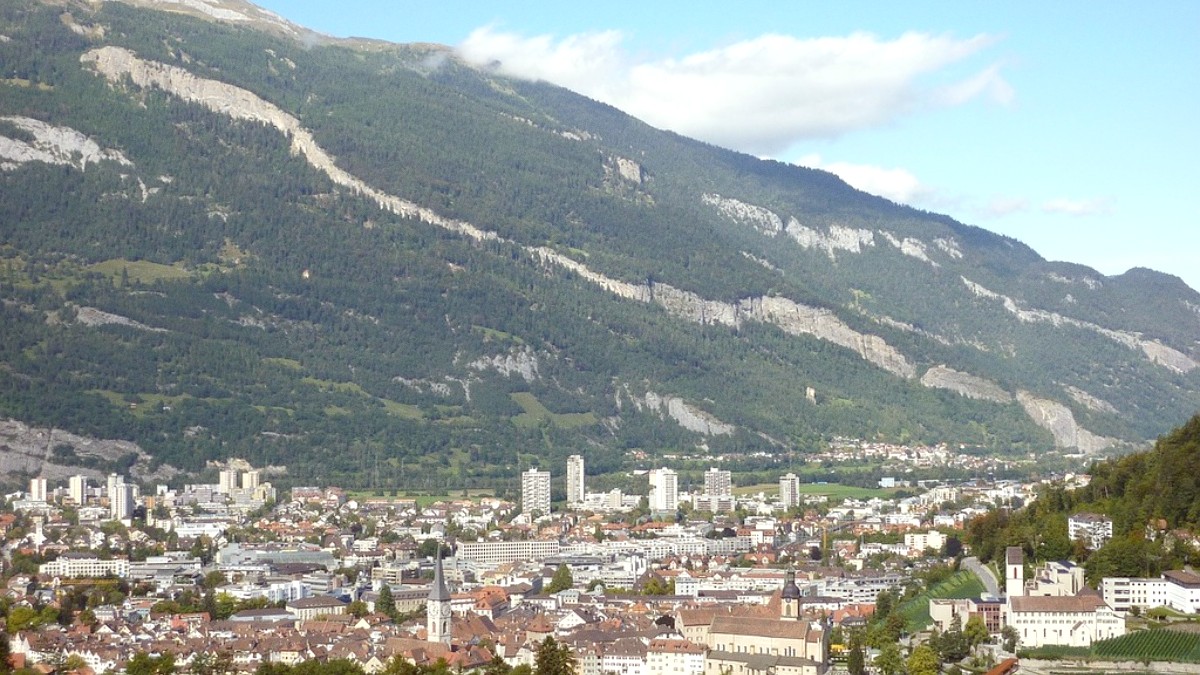
Switzerland
Pack lightweight, breathable clothing for summer (June-August). T-shirts, shorts, and light trousers suit daytime city exploration. Long-sleeved shirts offer Sun protection and warmth for cooler evenings or higher altitudes. A light fleece or sweater is good for mornings, evenings, and mountain ascents. A Waterproof and windproof rain jacket or shell is useful for sudden summer thunderstorms. Pack hiking trousers or Convertible pants for outdoor activities.
For autumn (September-October), focus on long-sleeved shirts, sweaters, and medium-weight fleeces as the air crisps. Wear warmer trousers, like Hiking pants, for outdoor comfort. A good quality Waterproof and windproof jacket protects from autumn rains and cooler winds. Light scarves and gloves are helpful, especially at higher elevations.
Comfortable walking shoes or Sneakers are useful for exploring the Old Town's cobblestone streets, where much walking occurs.
Sturdy, Waterproof hiking boots with good ankle support are recommended for mountain trails. Ensure they are broken in before your trip to prevent blisters.
For winter, pack waterproof, insulated boots with good grip for snow and ice. Sandals or lighter shoes suit relaxing in summer, especially in the city.
Keeping your documents organized and secure is a top priority for international travel. Create physical and digital copies of everything important.
Switzerland uses Type J power outlets. The standard voltage is 230V, and the frequency is 50Hz. Devices from North America (120V) will require a Voltage converter in addition to an adapter, or verify they are dual voltage. A Universal travel adapter with Type J compatibility is recommended for charging all your devices.
A good quality Smartphone camera often suffices for casual photos. For photographers, a mirrorless or DSLR camera with wide-angle and telephoto lenses is good for landscapes. Pack extra batteries and memory cards; cold weather drains batteries faster. A Lightweight travel tripod is useful for stable landscape shots. B&H Photo is a good retailer for camera gear.
Use cloud storage (Google Drive, Dropbox) or an External hard drive for regular backups of photos and documents. This safeguards your memories and information in case of device loss or damage.
MeteoSwiss provides accurate and current weather forecasts, which is good for planning outdoor activities.
WhatsApp for communication, your hotel's app, and local taxi apps (if available) are practical.
A small, well-stocked health and wellness kit provides peace of mind and addresses minor issues quickly.
Carry enough prescription medications for your entire trip, plus a few extra days. Keep them in original labeled containers. A copy of your prescription or a doctor's note for controlled substances prevents issues at customs. Pack cold and flu remedies, sore throat lozenges, motion sickness tablets (if prone), and mild laxatives.
Appropriate hiking boots, moisture-wicking socks, layered clothing, and a Daypack (Osprey Talon 22 Hiking Backpack is a good option) are useful. Trekking poles are optional but helpful for stability.
Specific Ski jacket and pants (waterproof, insulated) are necessary. Thermal base layers and fleece mid-layers provide warmth. Ski gloves or mittens, a warm hat, and a neck gaiter protect from the cold.
Cycling-specific clothing, like padded shorts and a jersey, increases comfort. A helmet is highly recommended for safety. Gloves improve grip and comfort. A small Repair kit is useful for minor mechanical issues on longer rides.
These items enhance comfort, security, and convenience.
Be prepared with these sustainable and region-specific items.
Refill from safe tap water.
Avoid plastic bags.
For picnics or street food.
For small electronics on long hikes.